
One of the earliest forms of street art can be traced back to ancient Greece and Rome. In these ancient civilizations, artists would create paintings and murals on the walls of buildings and public spaces. These works of art were often political or religious in nature, and were used to communicate messages to the public.
In modern times, street art has become more diverse and often includes a wide range of styles and techniques. Artists use a variety of mediums, including spray paint, stencils, stickers, and wheat paste. Some street art is highly elaborate and detailed, while other pieces are more simple and straightforward. Street artists often use their work to comment on social issues, challenge authority, or simply to beautify their surroundings.
Street art has had a significant impact on popular culture and has influenced other art forms, such as fashion, music, and film. It has also provided a platform for artists who may not have had access to traditional galleries and museums. Today, street art can be seen in cities around the world, and has become an important part of urban life.
Street art is a unique form of expression that is characterized by several distinct features:
| Characteristic | Description |
|---|---|
| Public space | Street art is typically created in public spaces such as walls, buildings, and streets. The use of public spaces allows artists to reach a wide audience and make their work accessible to everyone. |
| Uncommissioned | Unlike other forms of art, street art is often created without permission from authorities or property owners. This gives street artists a sense of freedom and adds an element of rebellion to their work. |
| Temporary | Street art is often temporary in nature. It can be easily removed or covered up by authorities or other artists. This impermanence adds to its allure and encourages artists to constantly create new work. |
| Diverse styles | Street art encompasses a wide range of styles and techniques, from graffiti writing and stenciling to murals and installations. This diversity allows artists to experiment and showcase their unique artistic visions. |
| Social commentary | Many street artists use their work as a form of social commentary. They often address political, social, and cultural issues, and their art serves as a platform to provoke thought and spark conversations. |
| Anonymous | Street artists often choose to remain anonymous, using pseudonyms or aliases instead. This anonymity allows them to express themselves freely without fear of retribution or recognition. |
These characteristics make street art a powerful and influential art form that challenges traditional notions of art and engages with the public on a deeper level.
The Role of Color in Street Art
Color plays a vital role in the world of street art. It is one of the key elements that makes street art vibrant, eye-catching, and memorable.
Street artists use color strategically to convey various emotions, messages, and themes. Bright, bold colors like red, yellow, and blue can evoke feelings of excitement, energy, and positivity. In contrast, darker hues like black and gray can create a sense of mystery, melancholy, or even rebellion.
Furthermore, the choice of color can also help street artists create depth and dimension in their work. By using shading, gradients, and contrasting tones, artists can give their murals a three-dimensional quality, making them appear almost lifelike on the walls and surfaces they adorn.
Color also plays a significant role in the visibility and impact of street art. Vibrant and contrasting colors can catch the attention of passersby, drawing them in and inviting them to engage with the artwork. This is especially important in the context of street art, where the environment is often bustling with distractions. Colorful murals can captivate viewers and make them stop and take notice, creating a moment of pause and appreciation in the urban landscape.
Additionally, color choices can reflect the cultural and social context of the area where the street art is located. Artists may intentionally choose colors that are significant to the local community or that represent certain cultural symbols or movements. This can help create a deeper connection between the artwork, the artist, and the local community, fostering a sense of identity and pride.
Urban Spaces as Canvases for Street Art

Urban spaces have long served as canvases for street artists eager to express their creativity and make a statement. Whether it’s a concrete wall, a dilapidated building, or a bustling city street, these spaces provide an opportunity for artists to transform the ordinary into something extraordinary.
Street art is not simply graffiti or vandalism; it is a form of artistic expression that engages with the urban environment and challenges traditional notions of art. By utilizing existing structures and public spaces, street artists are able to reach a wider audience and make their work accessible to anyone who encounters it.
Bringing Art to the Streets
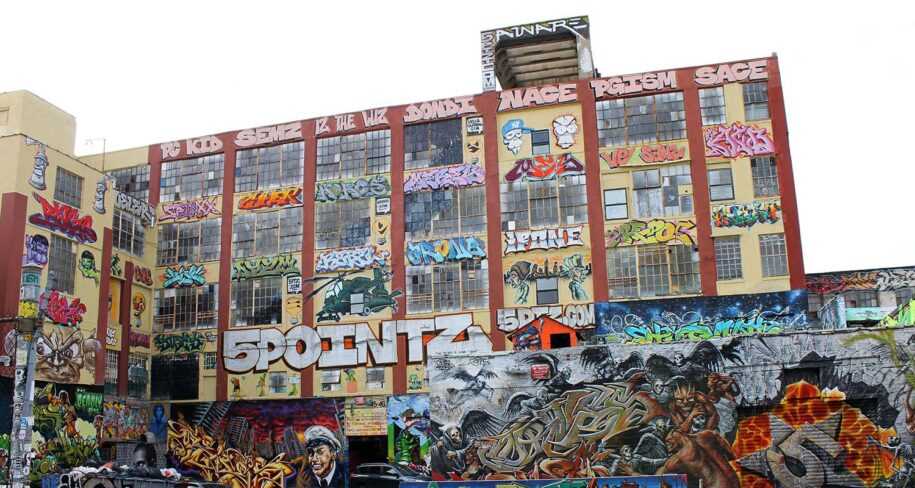
Street art has its roots in the graffiti culture of the 1960s and 1970s, when artists began using the city as their canvas. What started as simple tags and scribbles evolved into elaborate murals and stencil art, reflecting the social and political issues of the time.
Today, street art encompasses a wide range of styles and techniques, from large-scale murals to small, intricate stencil designs. Artists often work in collaboration with local communities, engaging with the people who live and work in the area to create meaningful and site-specific artwork.
The Impact of Street Art on Urban Spaces
Street art has the power to transform urban spaces and spark conversations. It can brighten up a neglected neighborhood, breathe new life into a decaying building, or challenge the status quo. By reclaiming public spaces for artistic expression, street artists are able to reclaim the narrative of the city and challenge the traditional boundaries of art.
However, the legality and acceptance of street art vary from city to city. Some consider it a valuable form of cultural expression, while others view it as vandalism. Despite these challenges, street art continues to thrive, capturing the imaginations of artists and art enthusiasts alike.
| Advantages of Street Art in Urban Spaces | Disadvantages of Street Art in Urban Spaces |
|---|---|
| – Adds color and vibrancy to the city | – Potential graffiti and vandalism |
| – Provides a platform for marginalized voices | – Lack of control over artistic content |
| – Brings communities together through art | – Potential conflict with property owners |
| – Encourages creativity and self-expression | – Risk of overshadowing other forms of art |
The Use of Stencils in Street Art
Stencils have played a significant role in the development and popularity of street art. Artists have utilized stencils as a means to create intricate and detailed designs on various surfaces, including walls, sidewalks, and even abandoned buildings.
A Brief History

The use of stencils in street art can be traced back to the early 20th century when avant-garde artists such as Pablo Picasso and Marcel Duchamp began experimenting with this technique. They saw stencils as a way to quickly reproduce their artwork and make a bold statement in public spaces.
However, it was not until the rise of the graffiti movement in the 1970s that stencils became a prominent and widely used element in street art. Graffiti artists saw stencils as a tool to create precise and detailed images quickly, which allowed them to execute their work more efficiently and avoid spending excessive time in public spaces.
The Process
The process of using stencils in street art typically involves several steps. First, artists design their desired image on a piece of paper or a computer program. They then carefully cut out the design using a knife or a laser cutter, creating a stencil. The stencil is then placed on the desired surface, and spray paint or other materials are applied over it, resulting in a sharp and defined image.
Stencils allow artists to achieve consistency and precision in their artwork. They can be easily reproduced and scaled up or down, making them especially useful for large-scale murals and public installations. Moreover, stencils enable artists to work quickly, allowing them to create detailed and intricate designs within a limited amount of time.
Another advantage of using stencils in street art is the element of surprise and anonymity they provide. Artists can quickly and discreetly apply their stenciled designs in public spaces, leaving the viewers and authorities wondering about the identity of the creator.
Street Art as a Form of Self-Expression
Street art has long been considered a powerful means of self-expression, allowing artists to communicate their thoughts, ideas, and emotions to a wide audience. Unlike other art forms, street art is uniquely positioned to challenge societal norms and engage with the public directly.
Breaking the boundaries
Street art often goes against traditional conventions, challenging the confines of the art world and the limitations placed on artists. By taking their work to the streets, artists can bypass the traditional gatekeepers and reach a much larger audience. This freedom from restrictions allows street artists to explore topics that are often considered taboo and push the boundaries of what is considered acceptable art.
A voice for the marginalized
Street art has played a crucial role in giving a voice to the marginalized and underrepresented communities. It provides a platform for those who may not have access to traditional art spaces or the means to create art in more traditional mediums. Through their work, street artists address socio-political issues, raise awareness about inequality, and advocate for social justice.
Emotional expression
Street art often serves as a means of emotional expression, allowing artists to communicate their innermost thoughts and feelings. Whether it’s anger, frustration, or joy, street art enables artists to channel their emotions into something tangible and share their experiences with the world. This raw and unfiltered expression can resonate deeply with viewers, creating a sense of connection and empathy.
Famous Street Artists

Street art has been shaped by numerous talented individuals who have left their mark on the urban landscape. These famous street artists have not only sparked conversations, but also challenged societal norms, and paved the way for a new form of artistic expression. Here are a few of the most noteworthy names in the world of street art.
Banksy
Banksy is perhaps the most well-known street artist in the world. With his thought-provoking stencils and satirical artworks, he has managed to maintain his anonymity while gaining global recognition. Banksy’s work often tackles political and social issues, making him a significant voice in contemporary art.
Jean-Michel Basquiat
These are just two of the many talented street artists who have made a lasting impact on the art world. Their work serves as a reminder that street art can be a powerful tool for social and cultural commentary, pushing the boundaries of traditional art forms.
The Impact of Street Art on the Community
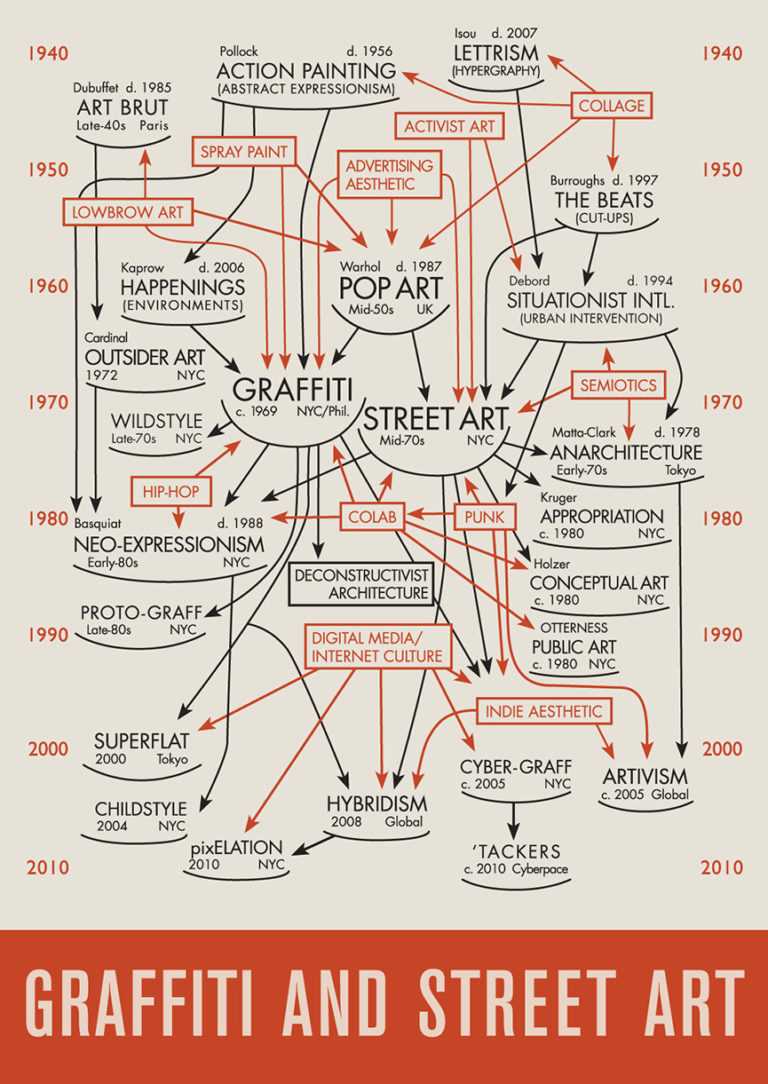
1. Beautifying the environment
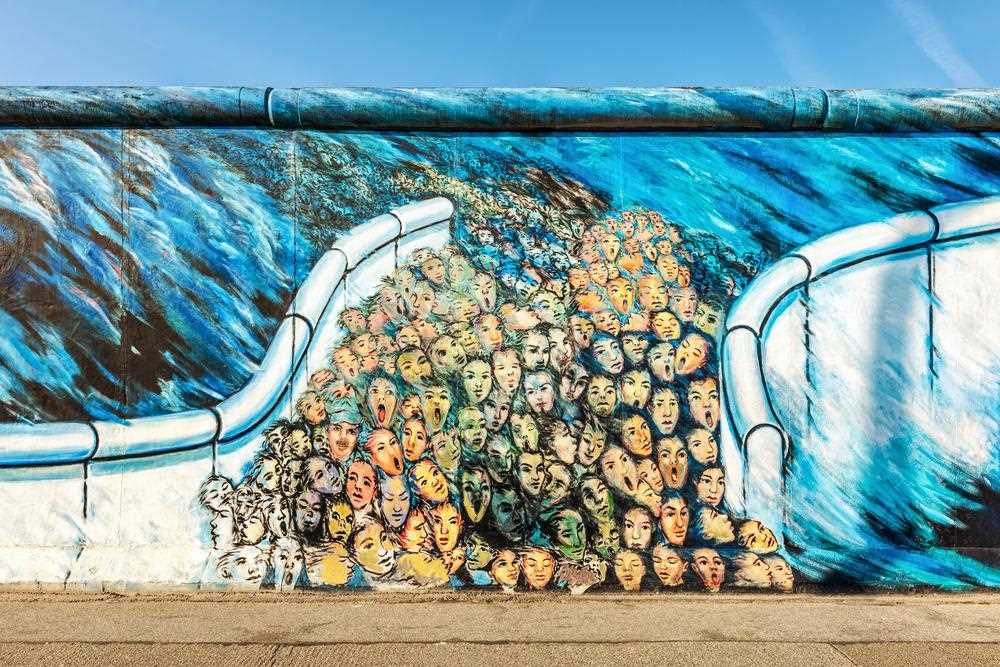
One of the most noticeable impacts of street art on the community is its ability to beautify the environment. Dull and monotonous walls are transformed into captivating murals that brighten up the streets and create a sense of pride and belonging in the neighborhood.
Furthermore, street art can breathe life into neglected areas and make them more attractive to residents and visitors alike. By adding a touch of creativity to otherwise bland spaces, street art helps to revitalize communities and promote a sense of unity.
2. Reflecting the identity and values of the community
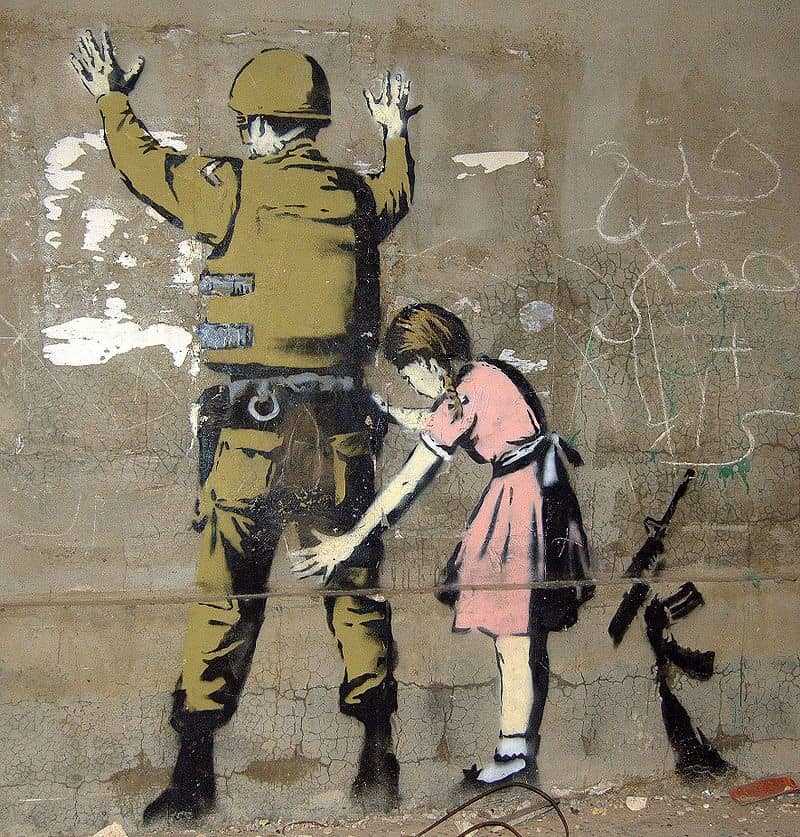
Street art often reflects the identity and values of the community it belongs to. Local artists use their work to express the stories, struggles, and aspirations of the people living in a particular area.
Through their art, these artists create a visual representation of the community’s collective voice. This can foster a sense of pride and ownership among residents, as they see their experiences and perspectives represented and acknowledged.
Moreover, street art can serve as a form of resistance and activism. It has the power to challenge societal norms and highlight important social and political issues, bringing them to the forefront of public consciousness.
3. Inspiring creativity and fostering community engagement

Street art has the potential to inspire creativity in individuals of all ages. By showcasing artistic techniques and unconventional forms of expression, it encourages people to think outside the box and explore their own artistic abilities.
Additionally, street art often encourages community engagement and interaction. Public art installations, such as murals or sculptures, can become gathering points for the community. They provide a shared space for people to come together, exchange ideas, and build relationships.
The Controversy Surrounding Graffiti and Street Art
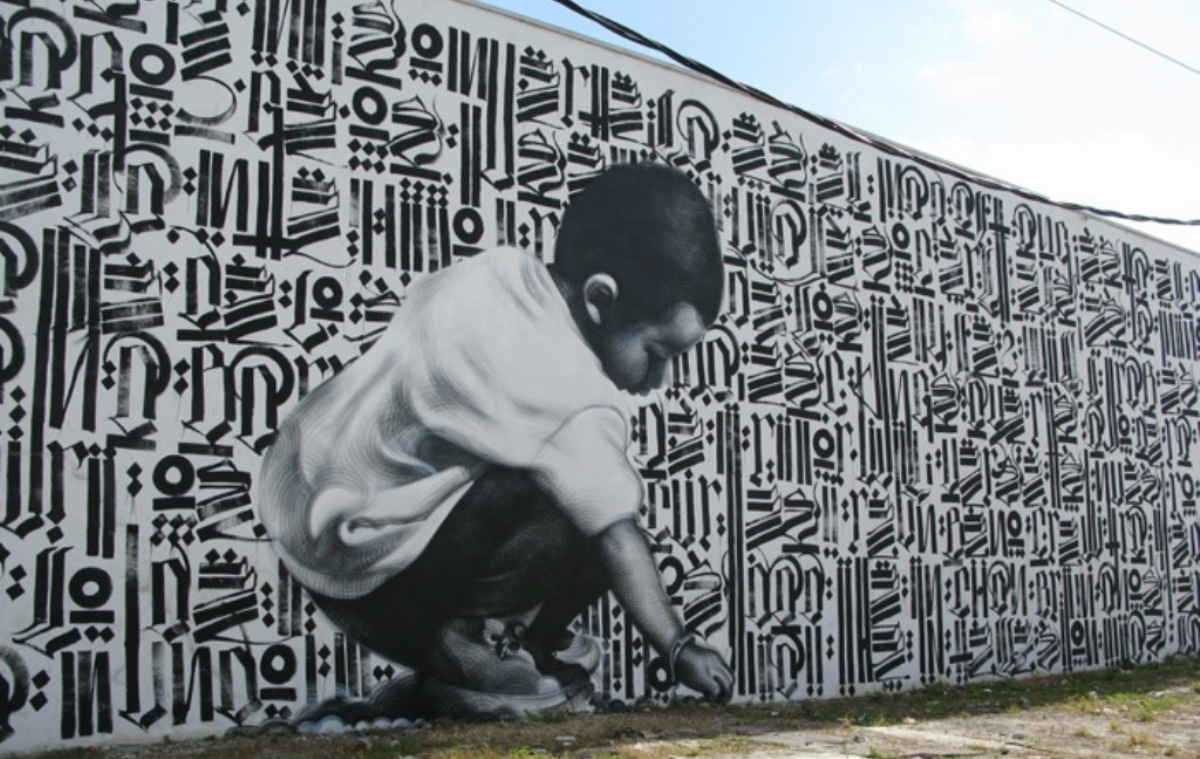
Graffiti and street art have long been a subject of controversy and debate. While some see it as a form of artistic expression and a way to bring visual interest to urban spaces, others view it as vandalism and a form of illegal activity. This ongoing debate has led to an interesting and complex history for graffiti and street art.
The Vandalism Perspective
One side of the argument against graffiti and street art is that it is a form of vandalism. Detractors argue that graffiti often defaces property without the owner’s consent, creating an unsightly and sometimes destructive presence in public spaces. This perspective sees graffiti and street art as a crime that should be punishable by law.
Public officials and property owners often spend significant time and money trying to prevent and remove graffiti, using a variety of methods such as anti-graffiti coatings, security cameras, and graffiti removal teams. This constant battle between graffiti artists and those who want to maintain a graffiti-free environment is a key part of the controversy surrounding this art form.
The Artistic Expression Perspective

On the other side of the debate, many argue that graffiti and street art should be seen as a valid form of artistic expression. Proponents argue that these artists are using public spaces as their canvas to convey messages, provoke thought, and challenge societal norms. They see graffiti and street art as a way to reclaim public spaces from monotony and to engage with viewers on a deeper level.
Street art can address social and political issues, serving as a platform for marginalized voices. Sometimes, it can even spark important conversations and bring attention to overlooked problems. These supporters argue that graffiti and street art should be celebrated and protected as valuable cultural contributions rather than criminal acts.
- However, there are also cases where the line between art and vandalism becomes blurred. Some graffiti and street art pieces are created without permission, on private property, or without regard for the surrounding community’s response. This can lead to conflicts and further fuel the controversy surrounding this art form.
- In recent years, street art festivals and galleries have emerged as a way to legitimize and showcase the talent of graffiti artists. By providing legal avenues for these artists to display their work, these events aim to bridge the gap between the artistic community and those who see graffiti as vandalism.
- The controversy surrounding graffiti and street art continues to evolve as society’s perception and understanding of these art forms change. As more conversations take place, it is important to consider and appreciate the different perspectives and motivations behind this controversial art form.

I am a mural enthusiast and a fervent admirer of street art. Rather than creating murals myself, I am passionate about collecting them. My love for street art knows no bounds. I am dedicated to curating and cherishing these artworks that grace the streets. My collection stands as a testament to my profound appreciation for this form of artistic expression.
read about me



